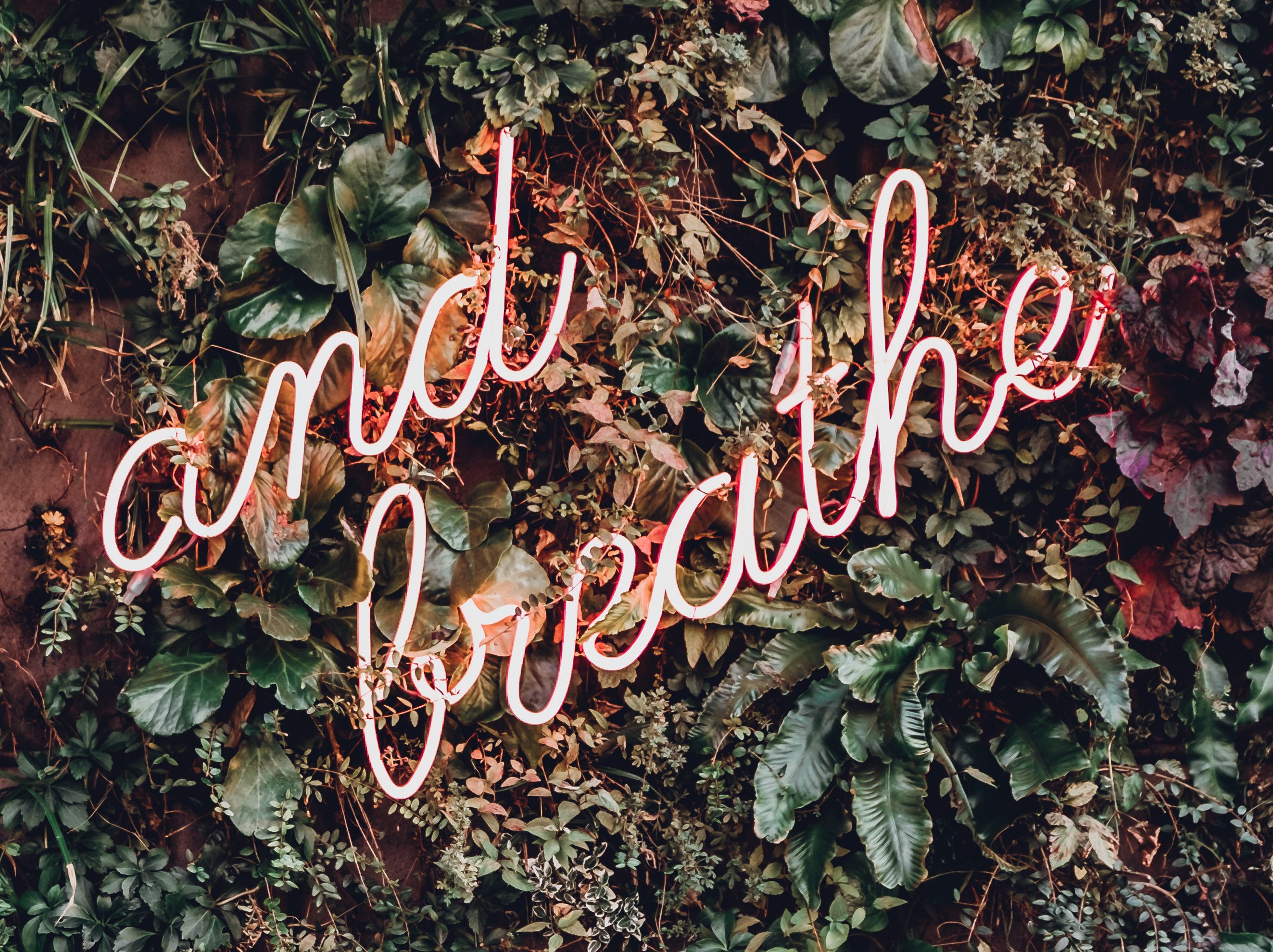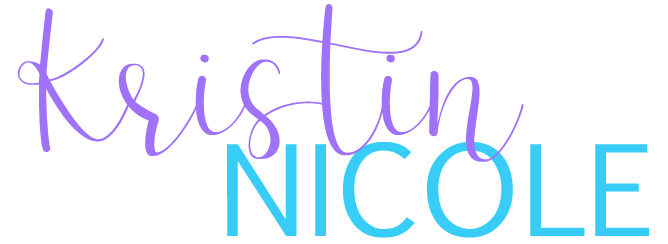
Photo by Robin Benzrihem on Unsplash
Hello beautiful people! I was recently messaging with one of my FaceBook followers and I had asked her what it was that she would like to learn more about in terms of wellness. Her answer……….breathing exercises!!
So I did some research, and also combined some knowledge that I was already given during a lecture by the AMAZING Doctor Weil and am excited to share these 5 breathing exercises / relaxation techniques that will help calm the mind, relieve stress, and start your day off right!
Before you get started, it is important to keep these tips in mind:
- Choose a place to do your breathing exercise, one that is free of disturbances.
- Don’t force it as this can actually cause stress.
- Try your best to do the breathing exercise at the same time at least once a day. If you can do it twice a day that is better, but once a day will suffice (unless otherwise recommended below) to help get you started.
- Comfortable clothing is preferred. You don’t want to be distracted by something pulling on your body, too tight, our painful (like high heels).
- Lastly, pick one breathing exercise / relaxation technique to focus on first (but try them all once to see which one works best for you). Trying to do them all with regularity would be too overwhelming at first.
Since I love Doctor Weil so much, several of the techniques below are taken directly from him as well as from reputable resources. Because of this, I am going to provide them directly as stated because I want to be sure I am providing the information exactly as it was intended.
Keep in mind that, while these techniques are great for relaxation and stress reduction, they won’t decrease your toxin intake. So be sure to focus on both! For information on what toxins to avoid in your personal care and cosmetic products, click the button below to download my unique guide. It’s unlike any that you may have already seen, a $97 value, and it’s FREE right now!
Click Here to Download the Guide
Breathing Exercise and Relaxation Technique # 1 – Deep Breathing
Let’s start here because deep breathing is often the basis for many other breathing techniques. That and most people often take short, shallow breaths, which can make you feel anxious and zap your energy.
This technique teaches you how to take bigger breathes which go all the way into your belly.
Get comfortable. You can lie on your back in bed or on the floor with a pillow under your head and knees. Or you can sit in a chair with your shoulders, head, and neck supported against the back of the chair.
- Breathe in through your nose. Let your belly fill with air.
- Breathe out through your nose.
- Place one hand on your belly. Place the other hand on your chest.
- As you breathe in, feel your belly rise. As you breathe out, feel your belly lower. The hand on your belly should move more than the one that’s on your chest.
- Take three more full, deep breaths. Breathe fully into your belly as it rises and falls with your breath.
Breathing Exercise and Relaxation Technique #2 – The 4-7-8 (or Relaxing Breath) Exercise
This is a highly recommended breathing exercise / relaxation technique by Dr. Weil, and one which I was able to witness from him first hand! Here is the information taken directly from him:
The 4-7-8 breathing exercise is utterly simple, takes almost no time, requires no equipment and can be done anywhere. Although you can do the exercise in any position, sit with your back straight while learning the exercise.
Place the tip of your tongue against the ridge of tissue just behind your upper front teeth, and keep it there through the entire exercise. You will be exhaling through your mouth around your tongue; try pursing your lips slightly if this seems awkward.
- Exhale completely through your mouth, making a whoosh sound.
- Close your mouth and inhale quietly through your nose to a mental count of four.
- Hold your breath for a count of seven.
- Exhale completely through your mouth, making a whoosh sound to a count of eight.
- This is one breath. Now inhale again and repeat the cycle three more times for a total of four breaths.
Note that with this breathing technique, you always inhale quietly through your nose and exhale audibly through your mouth. The tip of your tongue stays in position the whole time. Exhalation takes twice as long as inhalation.
The absolute time you spend on each phase is not important; the ratio of 4:7:8 is important. If you have trouble holding your breath, speed the exercise up but keep to the ratio of 4:7:8 for the three phases.
With practice you can slow it all down and get used to inhaling and exhaling more and more deeply.
This breathing exercise is a natural tranquilizer for the nervous system. Unlike tranquilizing drugs, which are often effective when you first take them but then lose their power over time, this exercise is subtle when you first try it, but gains in power with repetition and practice.
Do it at least twice a day. You cannot do it too frequently. Do not do more than four breaths at one time for the first month of practice.
Later, if you wish, you can extend it to eight breaths. If you feel a little lightheaded when you first breathe this way, do not be concerned; it will pass.
Once you develop this technique by practicing it every day, it will be a very useful tool that you will always have with you. Use it whenever anything upsetting happens – before you react. Use it whenever you are aware of internal tension or stress. Use it to help you fall asleep.
This exercise cannot be recommended too highly. Everyone can benefit from it.
Watch a video of Dr. Weil demonstrating the 4-7-8 Breath.
Breathing Exercise and Relaxation Technique #3 – The Stimulating Breath (also called the Bellows Breath)
Another breathing technique that is highly recommended by Dr. Weil. This technique is adapted from yogic breathing techniques and is intended to raise vital energy and increase alertness. Here are the steps:
- Inhale and exhale rapidly through your nose, keeping your mouth closed but relaxed. Your breaths in and out should be equal in duration, but as short as possible. This is a noisy breathing exercise.
- Try for three in-and-out breath cycles per second. This produces a quick movement of the diaphragm, suggesting a bellows. Breathe normally after each cycle.
- Do not do for more than 15 seconds on your first try. Each time you practice the Stimulating Breath, you can increase your time by five seconds or so, until you reach a full minute.
If done properly, you may feel invigorated, comparable to the heightened awareness you feel after a good workout. You should feel the effort at the back of the neck, the diaphragm, the chest and the abdomen.
Try this diaphragmatic breathing exercise the next time you need an energy boost and feel yourself reaching for a cup of coffee.
Watch a video of Dr. Weil demonstrating the Stimulating Breath.
Breathing Exercise and Relaxation Technique #4 – Breath Counting
This is the third relaxation technique and breathing exercise that I chose from Dr. Weil.
This can be challenging, yet is a deceptively simple breathing technique used often in Zen practice.
For this technique, Dr Weil recommends to “sit in a comfortable position with the spine straight and head inclined slightly forward. Gently close your eyes and take a few deep breaths. Then let the breath come naturally without trying to influence it. Ideally it will be quiet and slow, but depth and rhythm may vary.”
- To begin the exercise, count “one” to yourself as you exhale.
- The next time you exhale, count “two,” and so on up to “five.”
- Then begin a new cycle, counting “one” on the next exhalation.
Never count higher than “five,” and count only when you exhale. You will know your attention has wandered when you find yourself up to “eight,” “12,” even “19.”
Try to do 10 minutes of this form of meditation.
Watch a video of Dr. Weil demonstrating Breath Counting.
Breathing Exercise and Relaxation Technique #5 – Progressive Muscle Relaxation
I don’t know about you, but when I’m stressed I often tense my body, whether it be my jaw, shoulders, etc. So this technique is one that helps you relax both physically and mentally.
The idea in this technique is to breathe in as you tense your muscles and out as you release them.
- Lie comfortably on the floor.
- Take a few deep breaths to relax.
- Breathe in. Tense the muscles of your feet.
- Breathe out. Release the tension in your feet.
- Breathe in. Tense your calf muscles.
- Breathe out. Release the tension in your calves.
- Work your way up your body. Tense each muscle group. This includes your legs, belly, chest, fingers, arms, shoulders, neck, and face.
I hope that you have found value in learning these 5 breathing exercises and relaxation techniques, and will feel more confident in taking steps towards achieving true wellness!
If you have found value, please share by clicking on the icons below this article so that I can help your friends and loved ones as well!
And don’t forget to pick up my “Top 10 Toxins to Eliminate Guide” for an easy, on-the-go reference of what to eliminate from your personal care products. It is is unlike any that you might have already seen and it’s FREE right now!
Click Here to Download the Guide
Until next time……..
Here’s to achieving true wellness!

P.S – What do you want to know about? Drop me a comment below and let me know what you’d like to learn more about to help you achieve true wellness!
*Legal Disclaimer – All information provided above is for educational purposes only. Information should not be construed as medical or legal advice in any capacity and is not intended to diagnose, treat, cure, or prevent disease.